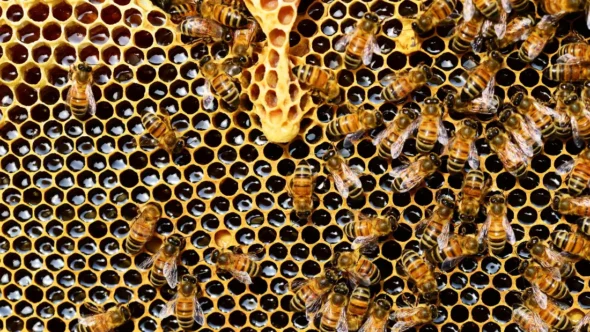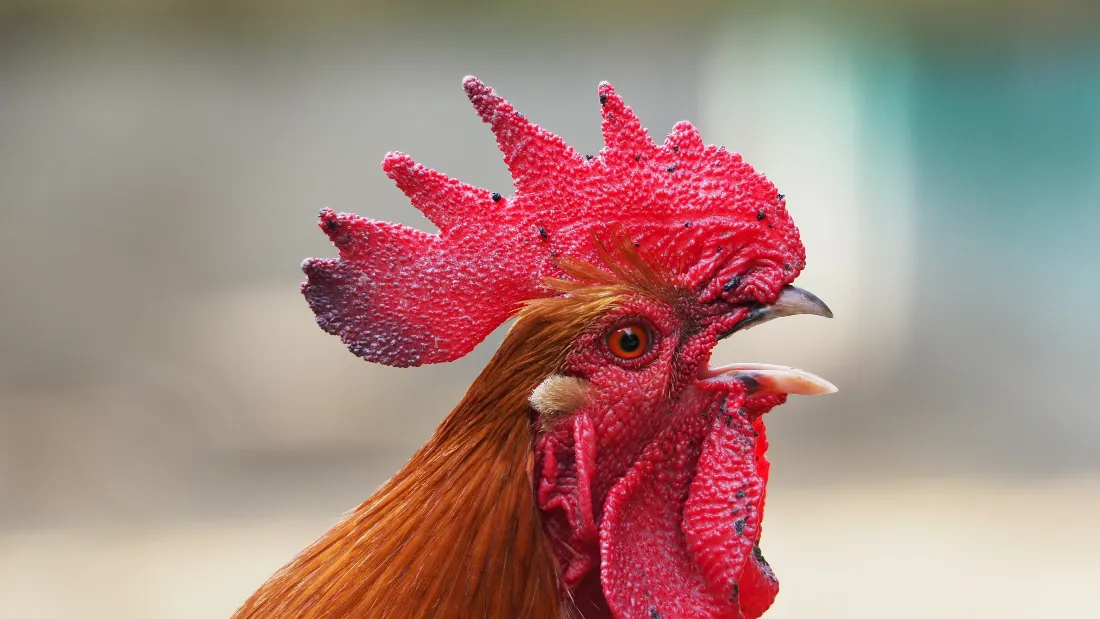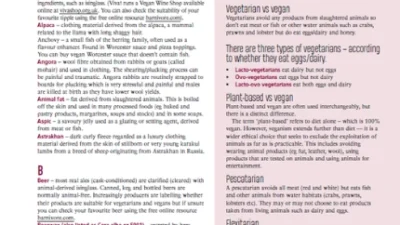Is your lipstick vegan? 10 non-vegan ingredients you need to know about

Originally published in Vegan Food & Living
When it comes to choosing cruelty-free cosmetics it can be a tad confusing. The industry has traditionally relied on animal experiments to ensure products are safe to use and obscure animal derivatives often slip by even the most eagle-eyed vegan consumer.
In recent years, labelling has improved exponentially, but just because a product says it’s ‘cruelty-free’, it might not necessarily be vegan.
If you’re wondering ‘is lipstick vegan?’ then you might be surprised to learn that it often contains some surprising non-vegan ingredients.
So, what are the key non-vegan ingredients in lipstick to look out for and where do they come from?
Why are some lipsticks not vegan?
1. Beeswax or honey (always animal-derived)
One of the more obvious animal-derived ingredients to look out for is beeswax, but it’s sometimes labelled as cera alba, which makes it much less obvious. It’s a wax formed by the abdominal glands of worker honeybees, which they use to build honeycomb. As well as protecting their larva and pupa the wax is used to store honey.
For cosmetic purposes, beeswax is used as a thickener or stiffening agent to keep the oils and water-based liquids used in emulsions, like lip balm, from separating. It’s also used as a lubricant and waterproofing agent so can be found in moisturisers, creams and makeup products like eyeliner and mascara too.

2. Carmine or cochineal (always animal-derived)
Frequently disguised as an E number (E120, natural red 4 or C.I. 75470), carmine, carminic acid or cochineal is a bright red dye extracted from crushed dactylopius coccus beetles. These tiny insects are found in Central and South America, where they feed on red cactus berries.
In order to produce just 400 grams of red dye – used in lipstick, eyeshadow, blusher and nail polish – the powdered remains of around 70,000 cochineal bugs are boiled in an ammonia or sodium carbonate solution.
E120 is also widely used as a red food colouring, but alternatives made from foods like beetroot, radishes and strawberries are growing in popularity. Always be cautious of any product containing red dye, whether it’s for fancying up your face or food.
3. Casein (almost always animal-derived)
Casein, caseinate and sodium caseinate are ways of saying ‘milk protein’, usually cow’s milk. It accounts for about 80 per cent of the protein found in cow’s milk and has a variety of uses as a food additive in dairy products like yoghurt and cheese.
Bodybuilders often take casein powder supplements as it’s believed to promote exercise recovery and increase muscle size. These milk-based powders have also been linked to acne.
In toiletries, casein acts as a binding agent and is used in hair conditioning products and facial treatments – supposedly to make hair more manageable and improve skin texture. Natural plant-based ingredients are just as good, if not better, opt for a vegan lipstick that contains coconut oil and shea butter instead.

4. Glycerine (sometimes animal-derived)
After water and fragrance, glycerol, glycerine or E422 is the next most frequently used ingredient in cosmetics. It can be derived from animal fat and is used in moisturisers and lotions to pull water into the outer layer of your skin.
Vegetable alternatives are made from soya, coconut oil or palm oil (which some vegans avoid due to environmental damage caused by its production) and will help to hydrate skin, improve skin barrier function and protect against irritants.
5. Hyaluronic acid (sometimes animal-derived)
Our bodies naturally produce hyaluronic acid. It’s the clear gooey fluid found around our eyes and joints that cushions and lubricates tissues. As a major component in our skin, its main function is to repair; regenerating tissue to heal wounds.
The animal-derived versions are produced from the combs of roosters, as it’s the closest type to that found in human bodies. Vegan versions are produced through microbial fermentation and found in skincare products like moisturisers.

6. Lanolin (always animal-derived)
Otherwise known as ‘wool fat’, lanolin is a waxy secretion derived from wool-bearing animals like sheep.
Its purpose is to condition and protect a sheep’s coat, helping them to shed water and keep their wool dry. It’s similar to human sebum (made by our sebaceous glands), but lacks triglycerides (a type of fat found in blood).
Typically, lanolin is used in emollient creams or balms that soothe and soften, such as facial moisturisers and lip balms as well as shampoos and conditioners. It will often be labelled as ‘cruelty-free’, but it is certainly not vegan.

7. Retinol (sometimes animal-derived)
Retinol (vitamin A1) is one of the best-known skincare ingredients. It stimulates the skin into producing more collagen to reduce fine lines and wrinkles, but is also believed to improve acne-prone skin.
In the food industry retinol will usually be derived from animals, however most cosmetic retinol comes from synthetic sources. Natural alternatives include pumpkin seed oil and hemp oil, both high in vitamin A.
8. Shellac (always animal-derived)
Like carmine, shellac comes from bugs – lac bugs specifically. These insects secrete resin that is scraped from tree bark, processed and sold as dry flakes.
Once dissolved in alcohol the resin produces a brush-on glaze or finish and is commonly used in shiny sweets as well as nail polish, hair spray, mascara and lipstick. Estimates of the number of lac bugs required to make one kilogram of shellac vary considerably between 50,000 and 300,000.
During the harvesting process, live bugs are inevitably caught with the resin and heated over a fire – this causes the shellac to liquefy so that the bark and bugs may be filtered out.
9. Squalene (sometimes animal-derived)
Considered a powerful anti-ageing agent and skin hydrator, squalene is traditionally extracted from shark liver oil. It’s another ingredient found in human sebum and is estimated to make up about 10-12 per cent of our skin’s natural oils.
Non-shark versions are harvested from plant sources like olives, wheatgerm oil and rice bran. Like a lot of the ingredients listed it can be found in lipstick, deodorants and moisturisers and may or may not be clearly labelled as vegan or plant-based.

10. Stearic acid (sometimes animal-derived)
This saturated long-chain fatty acid is found in animal and plant fats and can also be listed as octadecanoic acid, E570 or anti-caking agent. The animal-derived version is taken from pig’s, cow’s and sheep’s stomachs, whereas cocoa and shea butter offer plant-based alternatives. It acts as an emollient to help soften the skin and will keep products from separating.
Found in moisturisers, sunscreen, make-up, soap and baby lotion as well as laundry products, its uses are wide-ranging. Vegan alternatives used in lipstick are incredibly common though, mostly extracted from coconut. If there isn’t a clear vegan logo or label, always check with the manufacturer and if in doubt, do without.







